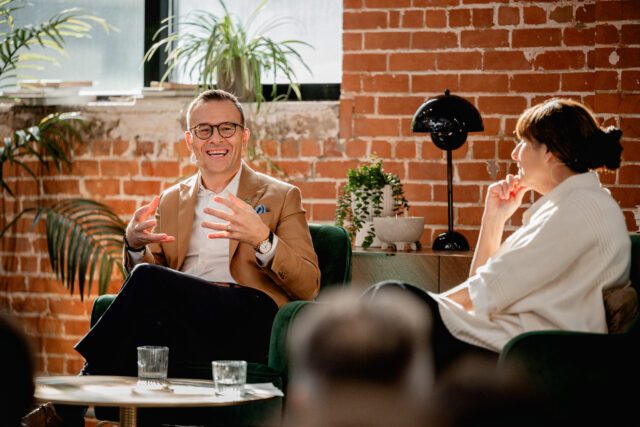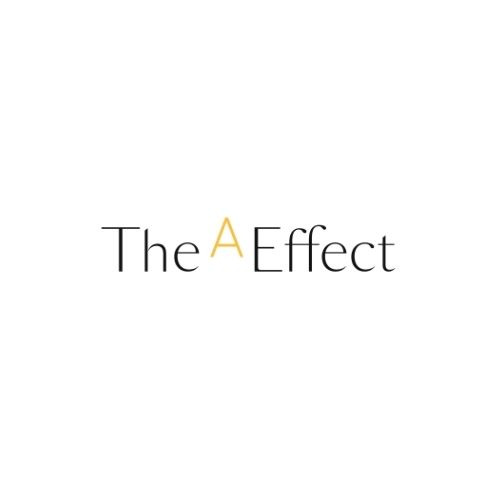Five Steps for a Personalized Assessment

The impact of our actions on financial outcomes, process optimization, or customer satisfaction rates is meticulously measured at several points through the year. This is normal, as our ability to contribute to the company’s success depends on it. However, to see the big picture when it comes to our year at work, we’ve got to go beyond the numbers, take a minute to take stock of the past months, and set future development goals. In a nutshell, it’s important to do a personalized assessment.

In her coaching practice with business leaders and their teams, Helen Antoniou, who is also the coach for the Défi Leadership, sees how important assessment is for a leader’s mindset. To her, a useful assessment looks at the past, critically but without judgement, in order to plan for the future, “It helps us define priorities for the upcoming year, recognize our successes, flag the pitfalls we want to avoid, and get back to basics, to our values. In short, an assessment lets us consciously take action rather than having things ‘happen’ to us.” The good news: it’s never too soon to start! She suggests a five-step process for conducting a personalized assessment to get back on track after a well-deserved break. Here’s her advice.
1. Start by celebrating three key successes
In a comfortable space, at a pre-appointed time, list your top three successes of the year. To do this, ask yourself “what I am most proud of this year, and why?” This starting point sets a good tone. Indeed, according to Helen, “an assessment should be approached with compassion and indulgence.” So, it’s no surprise that we start with a list of our successes!
For every step of the assessment, it’s important to write your answers down, in a progress journal, for example, or in a file on your computer. This makes it possible to come back to it in due course. But, one thing at a time!
2. Take note of three major lessons learned
No matter how hard we try, sometimes things don’t turn out exactly as planned. The end-of-year assessment is the perfect time to look back on these failures or less glorious moments and learn from them. To do this, Helen suggests three questions per lesson: “What happened? What did I learn? What would I do differently if the situation was repeated?”
This step allows us to make the most of these painful but rewarding lessons.
3. Set priorities
“In my practice, I see many women juggling multiple responsibilities. At each opportunity, they always take on more and more,” says Helen. Yet, planning strategically for the future isn’t just about adding goals to a list. Removing some is also necessary. “This is why I suggest the Stop, Start, Continue activity,” she explains.
– Stop: what do I want to stop doing?
(Example: stop reading emails at night or avoid over-prepping for meetings.)
– Start: what do I want to start doing?
(Example: delegate some tasks or set a clear purpose before each meeting.)
– Continue: what do I want to do more often?
(Example: let go of certain details or catch up with former acquaintances.)
In general, Helen warns, people are good at starting new things and continuing to act in a certain way, but not as good at stopping. “Accomplishing goals is about making choices. Doing better doesn’t necessarily mean doing more. The real secret is to do well with things that are priorities.” To gauge your true priorities, both in terms of know-how and interpersonal skills, just ask yourself the following question: “how does this goal help me become my best self?” Why not put an asterisk next to the priority goals on these three lists? It will help with the next step!
4. Make a plan, take action!
As anyone who has ever tried to change their behaviour knows, it’s not so easy to stop acting in such and such a way or to set new habits. Relying on will power alone is never an option if we want to undertake real transformation. This is why, for each priority goal marked with an asterisk, Helen suggests establishing strategic steps for achieving it. These six questions can be helpful for creating an action plan:
– What action do I need to take to succeed?
– When will I act? In what circumstances?
– How will this action help me achieve my development goals?
– What obstacles could I encounter?
– Who can help me achieve this goal?
– On a scale of 1 to 10, how determined am I to take action?
These questions are good for both specialized and interpersonal development goals. But be careful, Helen clarifies, “the goal is not to simply fill in the blanks with your answers. Genuine reflection is essential. This isn’t a tax return where every space must be properly filled in!” So, if a question doesn’t apply, skip it and move on!
5. Plan a 6-month follow-up
When making a commitment to yourself, it’s helpful to revisit your goals halfway through the year, to see the progress you’re making and adjust the focus as needed. The simplest solution is to make a date with yourself – right away! – and mark it on your calendar.
Again, Helen has some questions to suggest, to make this mid-year session useful: “What progress am I making with my goals? Are my priorities still the same?”
At every step in the personalized assessment and especially when it comes time to assess your progress, the coach considers it important to congratulate yourself for the ground covered and to readjust as needed, while being careful about that little voice in your head. She suggests “using the tone you would use with your best friend that you adore. A critical tone of voice has no place in an assessment.” Indeed, it’s important to always keep in mind that this process is one of improvement and development, not performance. Wishing you good results and much success!
Follow us on Facebook and LinkedIn, and subscribe to our newsletter for all of the latest content.







